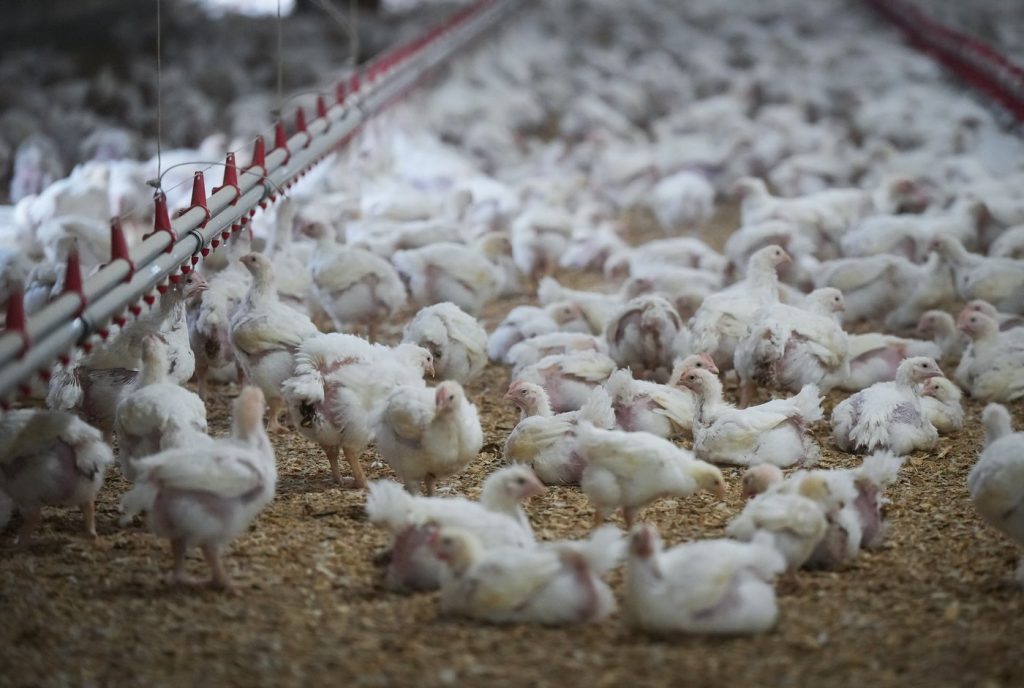Canadian consumers are currently confronting significant challenges in their poultry purchases as chicken prices continue to escalate. This trend has become particularly pronounced since the end of September, prompting both retailers and industry experts to express concerns regarding ongoing supply chain disruptions and anticipated cost increases.
Johannes Wildenborg, the owner of Master Meats located in Calgary, has reported that the price hike is especially steep for chicken thighs. He noted that prices for chicken thighs have surged by nearly 20 percent, while other chicken products have increased by 12 to 15 percent. Wildenborg expressed frustration over the scarcity of chicken thighs and the subsequent difficulty in explaining this shortage to customers, highlighting the pressure that small retailers face amid these fluctuating prices.
One of the primary factors contributing to this price increase is the outbreak of avian flu across Canada and the United States. These outbreaks have resulted in widespread culling of poultry, thereby significantly reducing supply and driving up costs. The situation has raised alarms among experts who caution that consumers might see even higher prices in the near future. Sylvain Charlebois, Director of the Agri-Food Analytics Lab at Dalhousie University, warned that the current wholesale phenomena are likely to impact consumer prices by mid-winter.
Despite these warnings, the Chicken Farmers of Canada maintain that chicken remains one of the most affordable sources of protein available to consumers. They indicated in a recent statement that the Consumer Price Index (CPI) shows only a modest year-over-year increase of 1.5 percent in chicken prices. They attributed the recent supply challenges mainly to avian influenza, which has impacted hatching egg supplies across North America. The organization asserts that, even amidst these challenges, Canadian farmers are producing more chicken than ever.
However, Charlebois challenges this optimistic view, suggesting that the issue extends beyond biological factors such as disease. He pointed out that there is a significant inadequacy in chicken production that can be attributed to poor planning among producers, indicating that the industry may be facing a more complex crisis than merely a response to avian flu outbreaks.
In light of these burgeoning costs, Wildenborg has chosen not to pass the increased expenses onto his customers just yet. He expressed hope that the price movements are merely temporary and will stabilize once the avian flu situation is resolved. Wildenborg believes that as the industry works to restore supply levels, prices should eventually stabilize, enabling him to maintain his current pricing structures for the time being.
The poultry market in Canada is currently characterized by rising prices and fluctuating supply chain factors that are causing concern among both retailers and consumers alike. With avian flu outbreaks and production planning issues at play, the landscape indicates that the challenges might persist, potentially leading to higher prices in the coming months.












